Dominique Charles, gardener and founder of Plots & Pans, helps people build their dream gardens. While that involves teaching people how to grow and take care of plants, it also includes how to harvest seeds. Aside from saving money by not buying store-bought seeds every year, it makes your experience that much more rewarding as well. "The perk of harvesting from my own garden is that I know the source of the seeds," says Charles. "There's also something special about really seeing the complete life cycle of the various fruits and vegetables from your garden."
Everyone's seed harvesting process will be different with the wide variety of garden vegetables and flower options available to plant every year. But there are some varieties Charles says are much easier than the others, making them great for beginners: green beans, okra, hot or bell peppers, tomatoes, and watermelon. "All of those items have prominent seeds that are easily identifiable," she says. Here's how to harvest seeds from some of the most common plants in your garden.
How to harvest garden seeds like a pro
1. Flowers
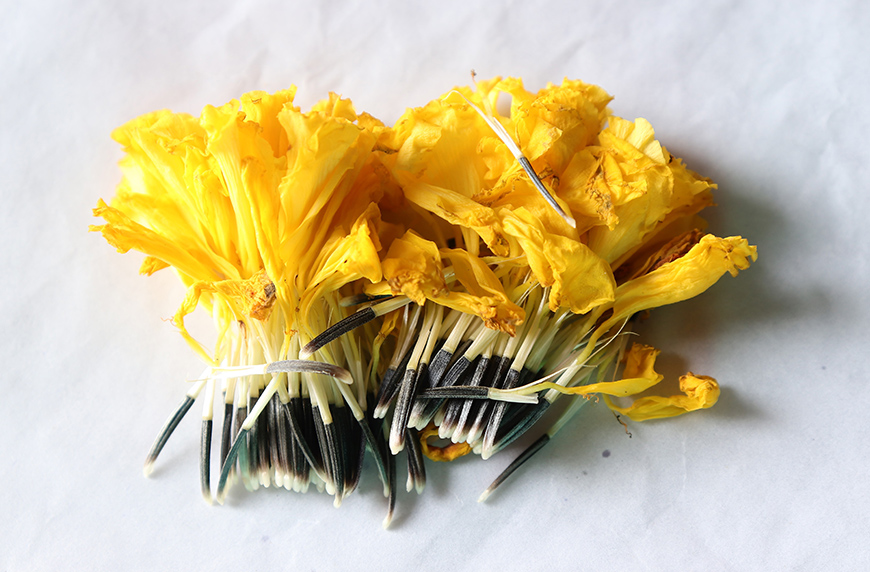
Flower seeds are really easy to save—you just have to wait until they're done blooming. Whether you're dealing with perennials or annuals, simply collect the seeds from the flower head and allow them to dry out for about a week. Then place them somewhere for safe keeping, like in an envelope, and store them in a cool, dark spot until it's time to plant them.

{{post.sponsorText}}
2. Okra

Okra that grows too quickly and gets really big is perfect for harvesting seeds, because it's too tough to eat. "I'll either let them dry out on the stalk, or bring them in the house to dry out in a cool and dry place," Charles says. "I lay them out flat, making sure they aren't touching—I like to make sure they're separated to ensure they don't get moisture from each other and mold. Within about 2 to 3 weeks, they'll be dry and hollow. Once they're completely dry, I crack the hardened outer later and place the seeds in a bag or glass jar and label them."
3. Peppers
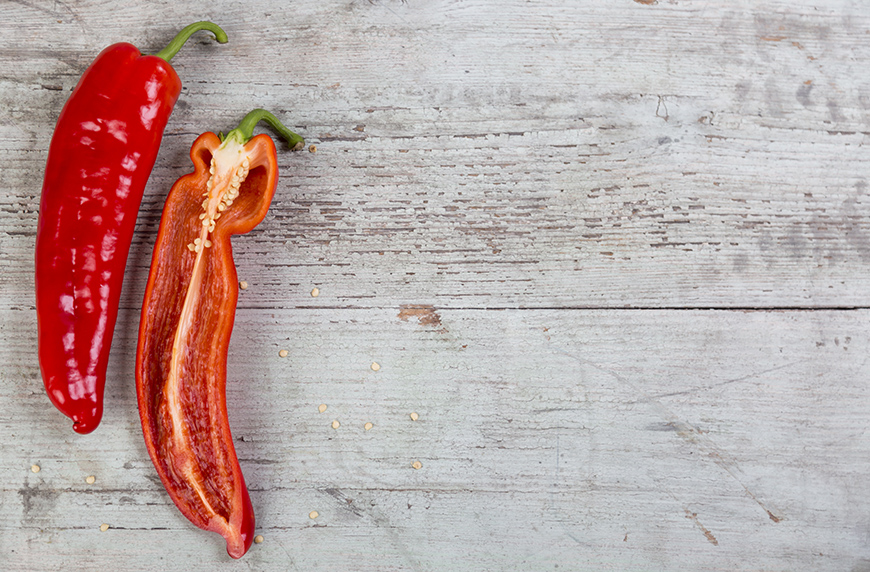
Once your peppers are fully ripe, bring them inside and cut them open to remove the seeds. Spread your seeds out and allow them to dry for about a week in a well-ventilated area, then store them in a glass container or reusable baggie ($10) in a dry and cool place, like the refrigerator.
4. Watermelon
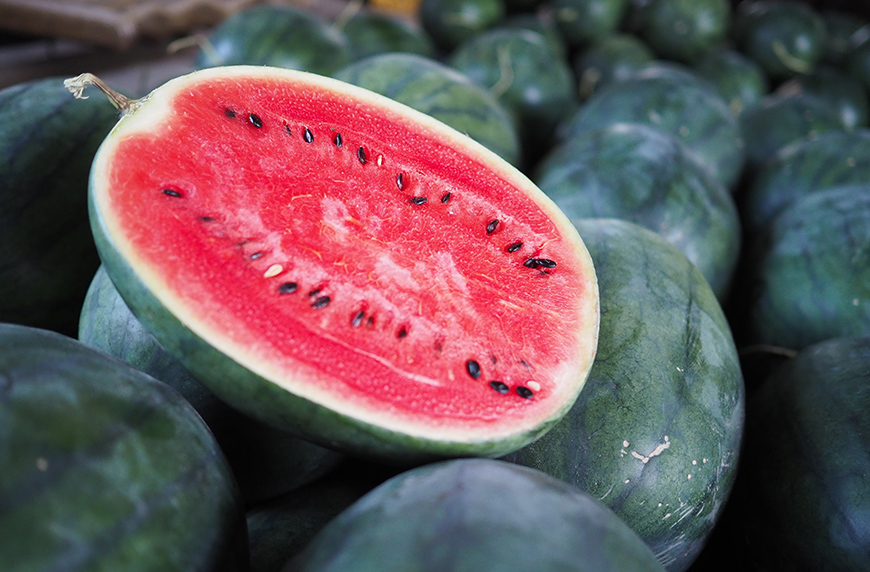
Don't toss the seeds from your watermelon as you're eating the fruit. Instead, save them for your garden. "I dry out watermelon seeds by placing them on a paper towel and letting them dry completely for a week," Charles says. "Then, I place them in a storage container." Store them in a jar or envelope until you're ready to plant them.
What a dietitian wants you to know about watermelon:
5. Tomatoes
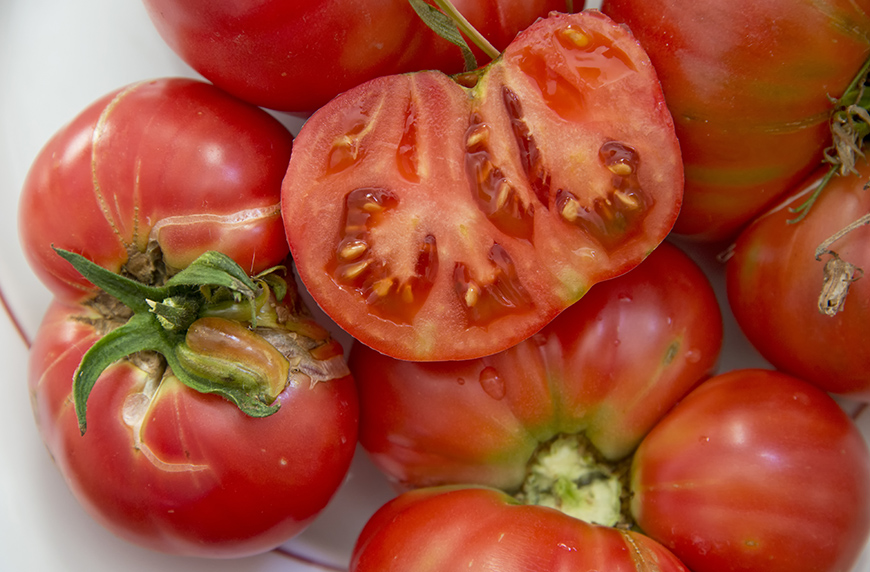
Harvesting seeds from tomatoes takes a little extra work, but it's very much worth it when you have a bunch of new plants the following year. Collect your ripe tomatoes, remove the seeds, and soak them in water at room temperature for 24 hours. Then, rinse them in a strainer; the gel around the seeds should just slide off. After drying them out for a week, store them in a cool, dark, dry place.
6. Green beans
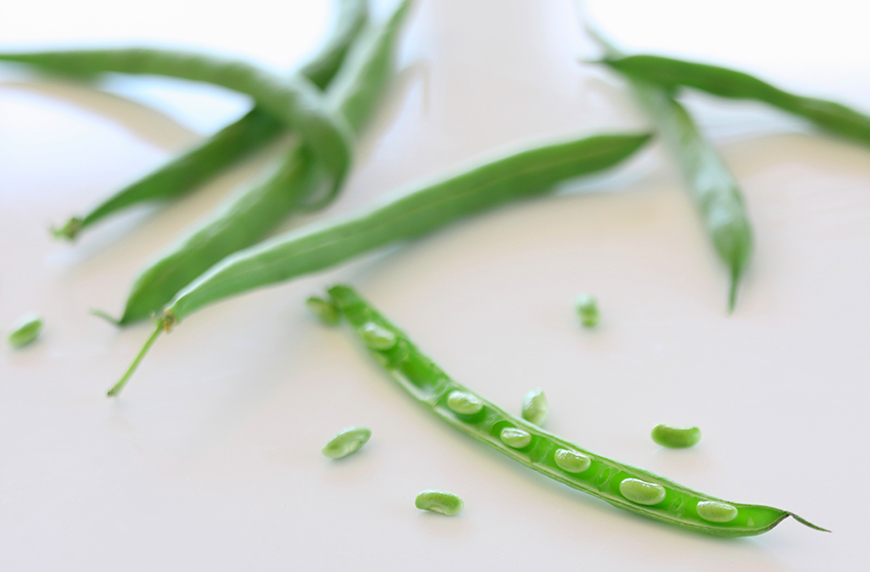
Harvesting green beans is simple. "One of the easiest methods of seed saving is letting them dry out on the plant naturally. If there are a few beans that I've missed in harvesting, I'll allow them to turn brown on the vine and completely dry out before I bring them in," Charles says. Once they're dried enough to hear the seeds rattling around in the pod, you can either remove the seeds from the pod or keep them in the pod until you're ready to plant them. Store them in a tightly-sealed jar or envelope in a cool and dry place, like the refrigerator or a basement.
Put your fresh garden veggies to use with this healthy salad recipe:
Oh hi! You look like someone who loves free workouts, discounts for cult-fave wellness brands, and exclusive Well+Good content. Sign up for Well+, our online community of wellness insiders, and unlock your rewards instantly.
Loading More Posts...